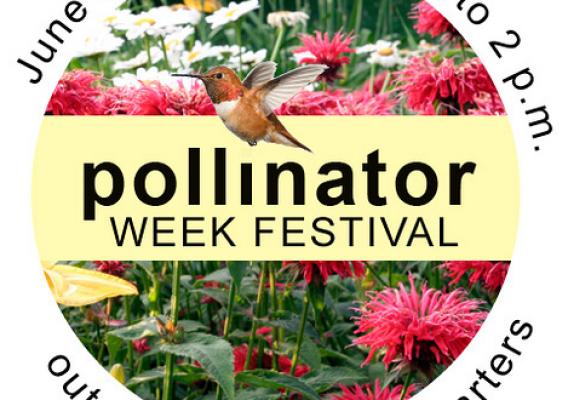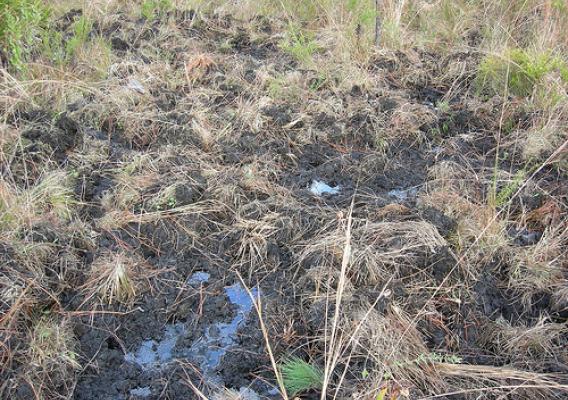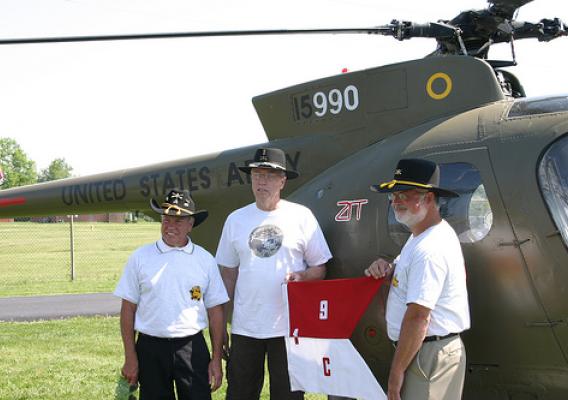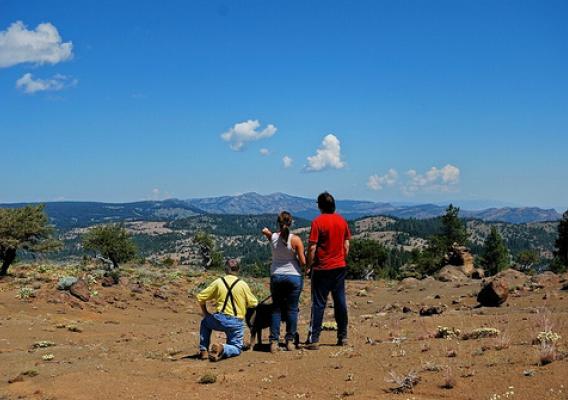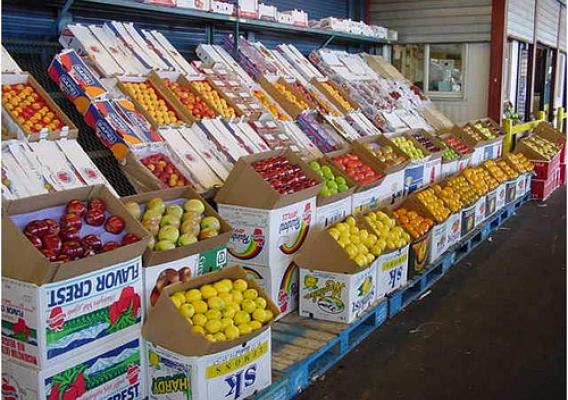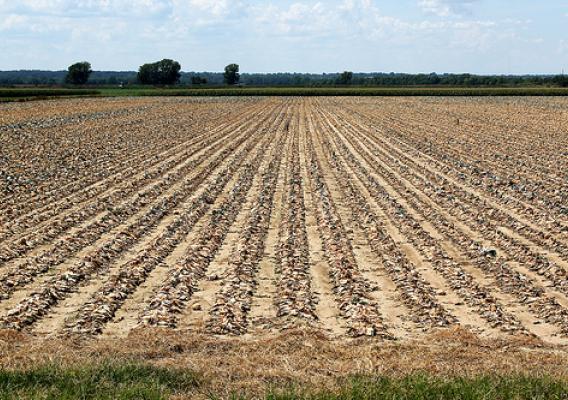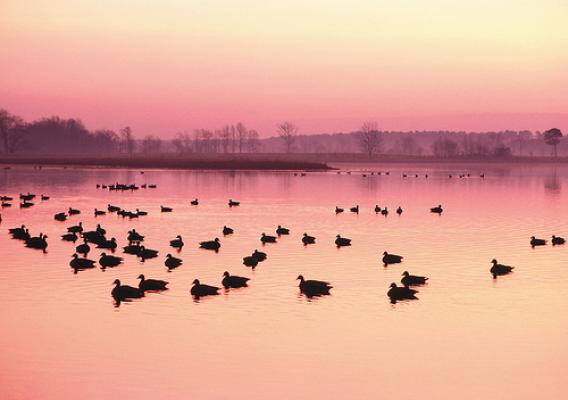Imagine for a moment you are a child surrounded by kind strangers – trailers coming and going with large pieces of structure, big cranes lifting and moving objects, women and men pounding nails into wood, saws ripping through timbers and groups of people working together to upright walls that will someday hold your toys.
Imagine being a child who only understands all this commotion through the explanation by his mother and father this will soon be their home. He doesn’t understand words like, “wealth creation”, “equity”, “dream of homeownership”, or other adult terms we use to define the values of owning a home. To him, it is about having a place where he can go outside and play in the yard, a place where his room becomes his refuge on occasion, and a place where he creates and records the moments in life that later become the memories recanted to his children and grandchildren. For Easton, watching all of this commotion and seeing the kindness of strangers, will be a memory that he will long remember.

